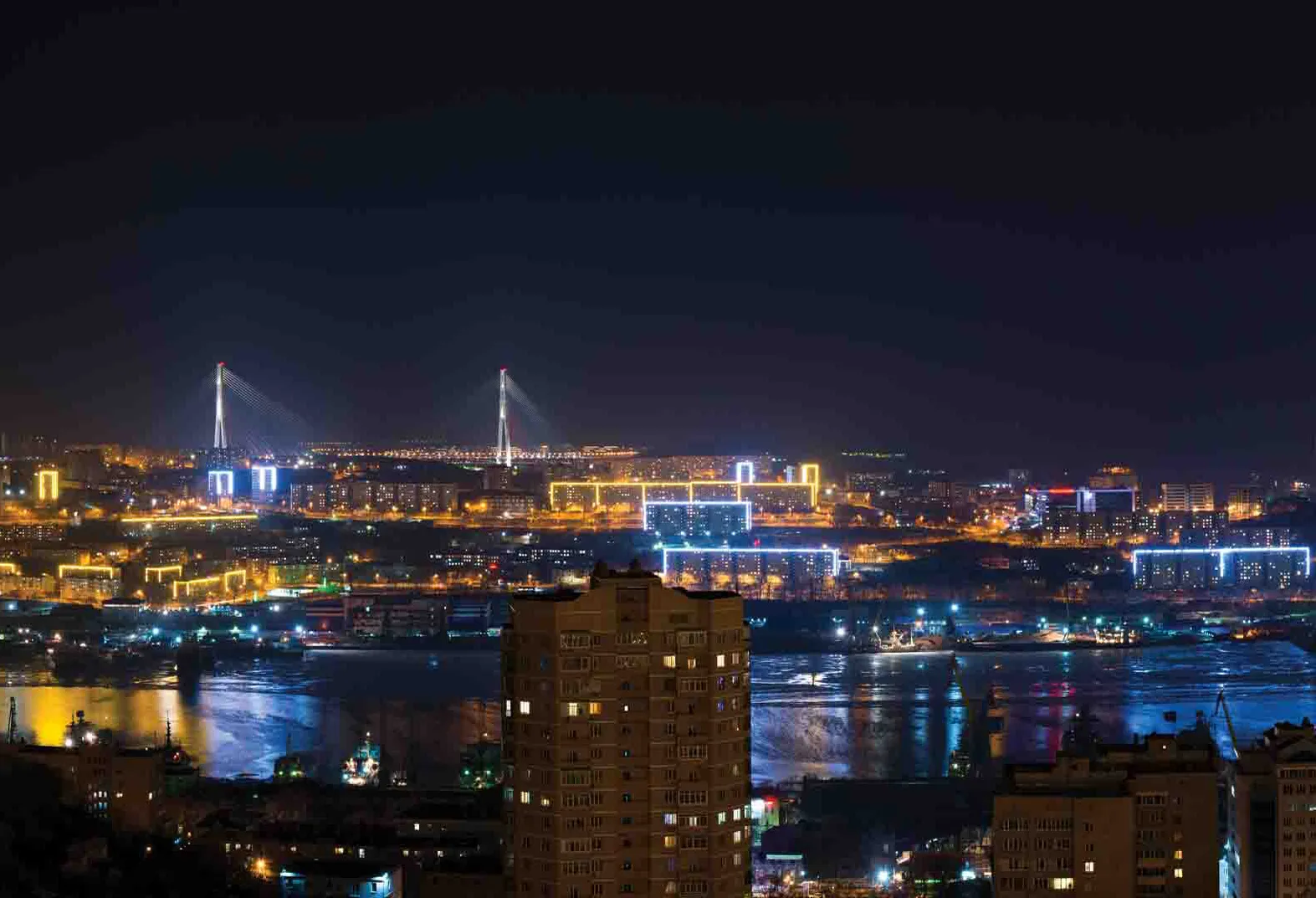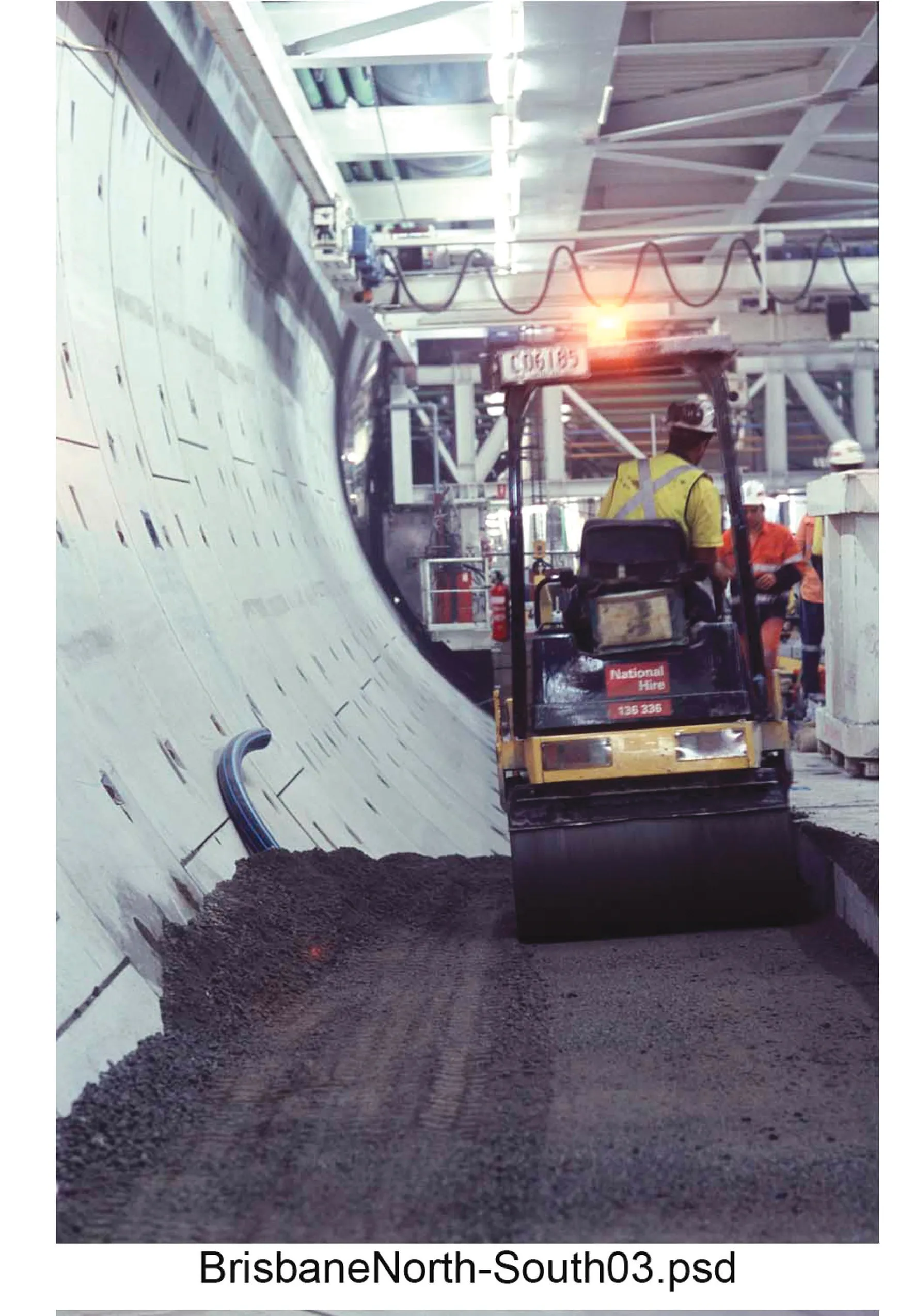Plans have been put forward for a new ring road around the Vietnamese city of Hanoi. The project is expected to cost in excess of US$4 billion to construct and the road could be as much as 330km long.
April 28, 2014
Read time: 1 min
Plans have been put forward for a new ring road around the Vietnamese city of Hanoi. The project is expected to cost in excess of US$4 billion to construct and the road could be as much as 330km long. The project to build Ring Road No5 has been approved by the Vietnamese Government. The proposed route runs through 36 districts around the city and the timeline calls for the road to be ready for traffic by 2020.









